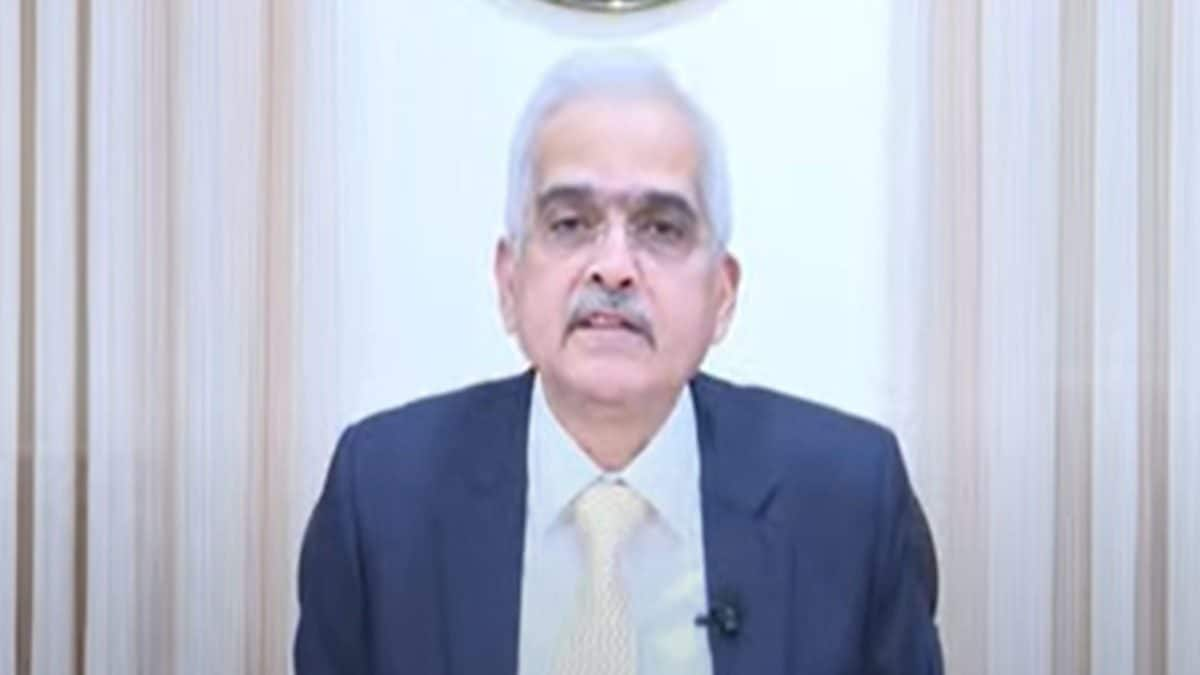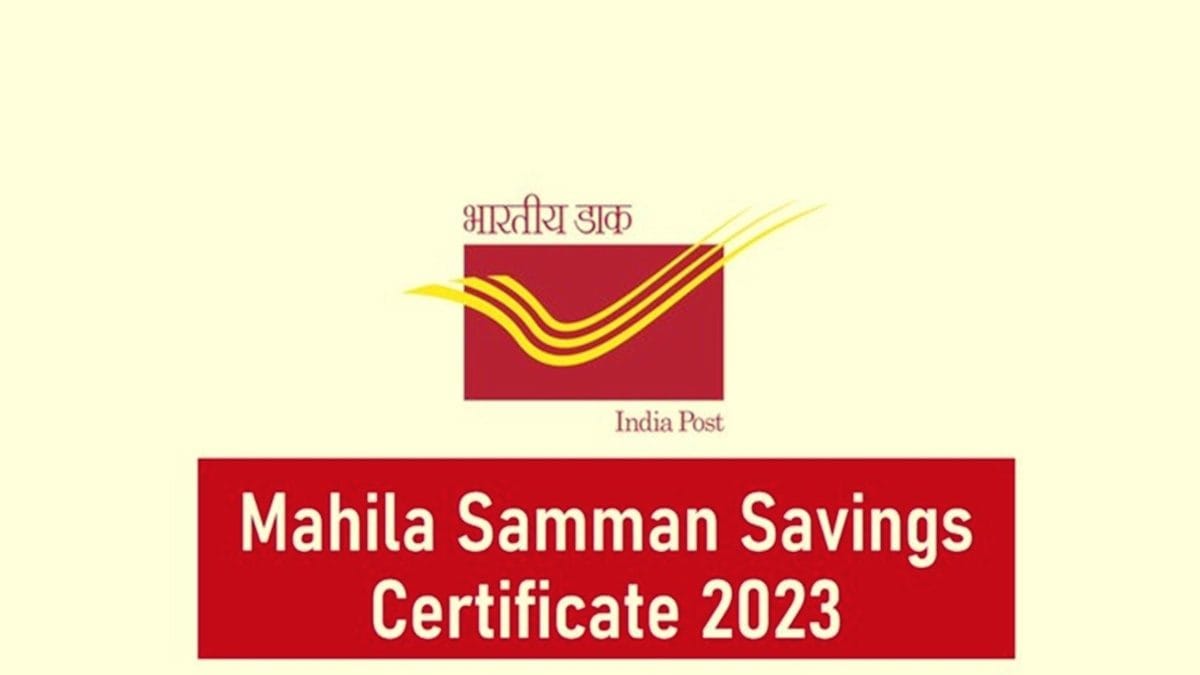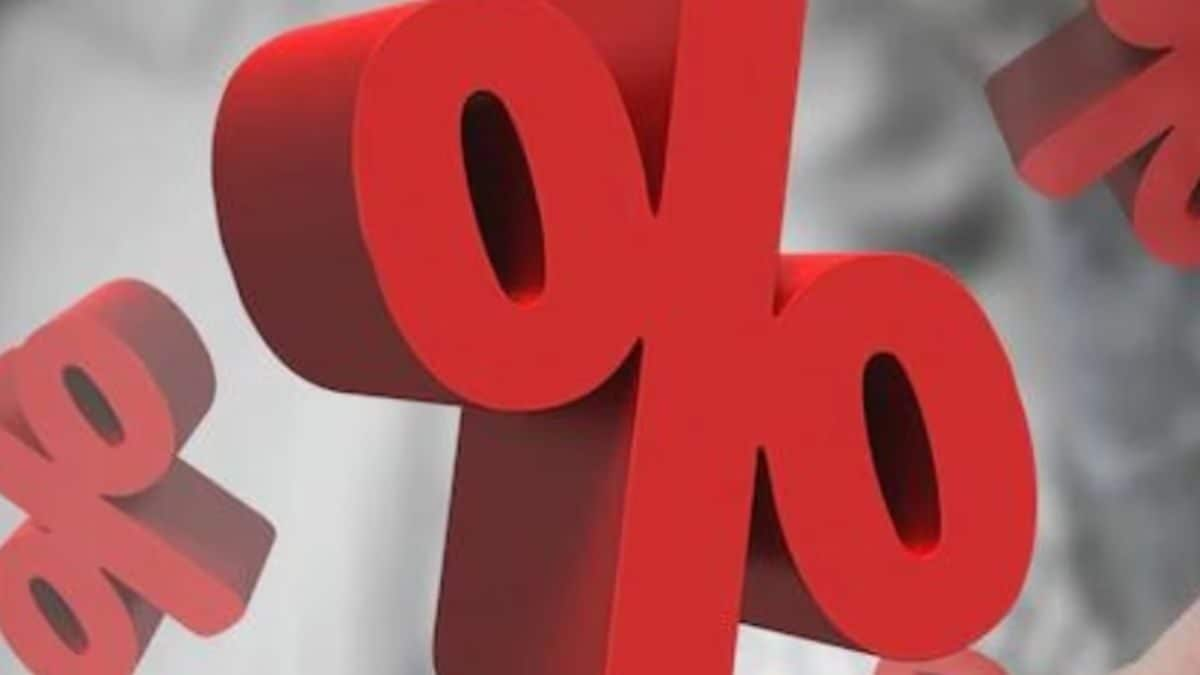[ad_1]
The Reserve Bank of India’s Monetary Policy Committee (MPC) is currently meeting, from April 3rd to 5th, 2024. This is their first meeting for the new financial year (FY) 2024-25.
The MPC decides what the repo rate will be. This committee meets bi-monthly to assess the current economic situation, including inflation and growth. Based on their analysis, they vote to increase, decrease, or hold the repo rate.
The repo rate is the interest rate at which the RBI lends short-term funds to commercial banks in India. This is a key tool for the MPC to influence the overall money supply and interest rates in the economy.
The repo rate acts as a key tool for the MPC to achieve its monetary policy goals, primarily maintaining price stability (low inflation) and promoting economic growth.
The Reserve Bank last hiked the repo rate to 6.5 per cent in February 2023 and since then it has held the rate at the same level in its last six bi-monthly policies.
Here’s what to expect according to industry experts;
Shishir Baijal, chairman and managing director, Knight Frank India, feels the RBI is likely to continue with a rate pause at its first MPC meeting for FY25.
“Even though core and wholesale inflation has significantly eased, the volatility in food prices continues to impinge consumer sentiment. Thus, keeping the headline inflation above the RBI target level of 4%,” Baijal adds.
Growth Remains Strong
Baijal highlights that the economic growth has continued to remain strong as witnessed in the above expectation GDP growth during Q3 FY ’24.
“Strong growth would continue to provide adequate support for the RBI to keep policy rates unchanged for the next few months. The focus for the RBI is likely to be on liquidity management with a continuation of withdrawal of accommodation to keep inflation well anchored and bring it under 4%,” Baijal says.
Impact On Housing Sector
Stable rates will continue to support the housing market which has continued to remain upbeat, Baijal underlines.
India’s housing market is currently witnessing an upcycle. Consumers have already factored in elevated interest rates and are still actively engaging in home purchases.
“However, the affordable housing segment is experiencing sluggish residential sales; a well-timed rate cut could be supportive of this segment,” Baijal points out.
‘Status quo Beneficial For Real Estate’
Ramani Sastri, chairman and MD, Sterling Developers, adds that the demand for residential real estate has been registering significant growth over the last few years and it continues its momentum into 2024. The long-term benefits of owning a home have led to sustainable growth in the segment and we see this up-cycle continuing shortly.
“With economic growth, the premium housing segment too continues to witness higher demand. Hence, a status quo would be preferred to bolster overall market confidence,” Sastri urges.
However, Sastri adds that the industry believes that a future repo rate cut would serve as a big boost to homebuyer sentiment and enable better affordability, which is an extremely sensitive factor in the housing market.
“We will continue to see a multi-fold growth in real estate investments since the real estate market is less volatile than other investment markets and delivers higher returns. Overall, consumers are keen to buy homes as stability and security is on top of their mind now,” Sastri says.
‘A Watch On Inflation Is Crucial’
Jyoti Prakash Gadia, MD, Resurgent India, also says the RBI is expected to keep the repo rate unchanged with a continued wait-and-watch approach for the first quarter of the new financial year. The continued close watch on inflation is essential from the current overall scenario perspective.
“While there is perceptible optimism as regards the quarter-wise GDP growth rate numbers, the core sector performance and the record GST collections of over 20 lakh crores, inflation needs to be carefully monitored and as such the rate cuts if any may materialise only around August 2024,” Gadia says.
The global trends and the stance taken by the US Fed over the period will also need to be taken into account when RBI decides about the repo rate change in the future.
On the liquidity front, the RBI is expected to maintain a balance taking into account the higher level of spending during the elections and the Rabi crop harvest season starting shortly. Overall a pragmatic approach is the order of the day at the current point of time, Gadia highlights.
[ad_2]
Source link




